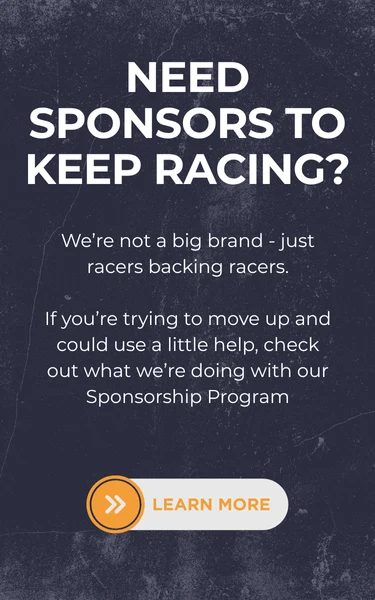Imagine browsing an online gallery. Walls crammed with paintings fight for your attention, leaving you overwhelmed and uninspired. Now, picture entering a serene space bathed in natural light, where a single masterpiece hangs on the stark white wall. It’s captivating, isn’t it?
That’s the power of minimalism. In a world brimming with information and visual overload, stripping away the noise can bring your core message into razor-sharp focus. This principle isn’t just for art galleries; it’s a potent weapon in the business world, particularly when it comes to minimalistic web design.
Minimalistic design isn’t just about clean lines and white space; it’s a strategic approach that prioritizes clarity, user experience, and ultimately, conversions.
By stripping away unnecessary elements and clutter, minimalism allows your brand and product to shine through, leading to increased revenue, stronger brand trust, and happier customers.
Here are 3 key ways that minimalistic design can boost your bottom line:
1. Enhanced User Experience and Conversion Rates:
Imagine walking into a store packed with merchandise from floor to ceiling. Finding what you need would be overwhelming, right? Similarly, a website crammed with text, graphics, and navigation options can create confusion and frustration for users. Minimalistic design declutters the visual landscape, making it easier for users to find what they’re looking for and take the desired action, whether it’s making a purchase, subscribing to a newsletter, or contacting you.
A study by Stanford University found that websites with simpler designs had a 20% higher conversion rate compared to those with complex layouts. This is because minimalism reduces cognitive load, allowing users to focus on what truly matters: your product or service.
2. Building Brand Credibility and Trust:
In today’s digital age, consumers are bombarded with advertising and marketing messages. They’ve become adept at filtering out the noise and focusing on brands that feel genuine and trustworthy. Minimalism can help you achieve this by conveying a sense of professionalism, sophistication, and attention to detail.
Clean lines, high-quality visuals, and well-balanced layouts exude confidence and expertise. This, in turn, increases brand credibility and trust, making customers more likely to do business with you. A study by the Nielsen Norman Group found that users perceive websites with minimalistic design as being more credible and trustworthy compared to those with cluttered layouts.
3. Improved Focus and Clarity in Marketing Materials:
Your marketing materials, from website banners to social media posts, play a crucial role in attracting potential customers. However, bombarding them with too much information or visuals can backfire, leaving them confused and uninterested. Minimalism can help you craft marketing materials that are both visually appealing and laser-focused on your message.
By using strong visuals, concise copy, and plenty of white space, you can capture attention, communicate your value proposition clearly, and encourage engagement. This, in turn, leads to higher click-through rates, improved brand recall, and ultimately, increased revenue.
Examples of Minimalistic Design in Action:
Several successful brands have leveraged the power of minimalistic design to achieve remarkable results. Apple, Muji, and Airbnb are just a few examples of companies that have mastered the art of clean lines, simple functionality, and user-centric design. These brands have built loyal followings and achieved significant revenue growth due to their commitment to a minimalistic approach.
Implementing Minimalism in Your Business:
If you’re ready to embrace the power of minimalistic design, here are a few tips to get started:
- Declutter your website and marketing materials. Start by removing any unnecessary elements, graphics, or text that don’t directly contribute to your message or user experience.
- Focus on high-quality visuals. Use clean, simple, and professional images that evoke the right emotions and resonate with your target audience.
- Prioritize white space. Don’t be afraid of empty space; it can actually enhance the visual appeal and readability of your content.
- Use typography strategically. Choose fonts that are easy to read and complement your overall brand aesthetic.
- Keep it consistent. Apply the principles of minimalism across all your branding and marketing materials to create a cohesive and recognizable brand identity.
By embracing a minimalistic approach to design, you can create a more user-friendly experience, build brand trust and credibility, and ultimately boost your revenue. In a world filled with noise, simplicity is power. So, are you ready to stand out and make a difference with minimalistic design?
Remember, minimalism is not a one-size-fits-all approach. What works for one brand may not work for another. The key is to find the right balance between simplicity and functionality that resonates with your target audience and complements your brand identity.
I hope this blog has inspired you to explore the power of minimalistic design and apply its principles to your business. By embracing simplicity, you can create a more impactful brand experience and achieve greater success.
If you would like assistance in evaluating your website, take a look at our website review and coaching service.

Kelly Pfleiger
I'm the owner of P1 Web Development — a design studio built for racers, teams, and motorsports businesses that are sick of outdated websites and generic templates. I build fast, aggressive, mobile-first WordPress sites with a sharp focus on usability, sponsor value, and search visibility. If you’re in the racing industry and need a site that actually works for your program, this is what I do.









